How to Choose a Fishing Rod
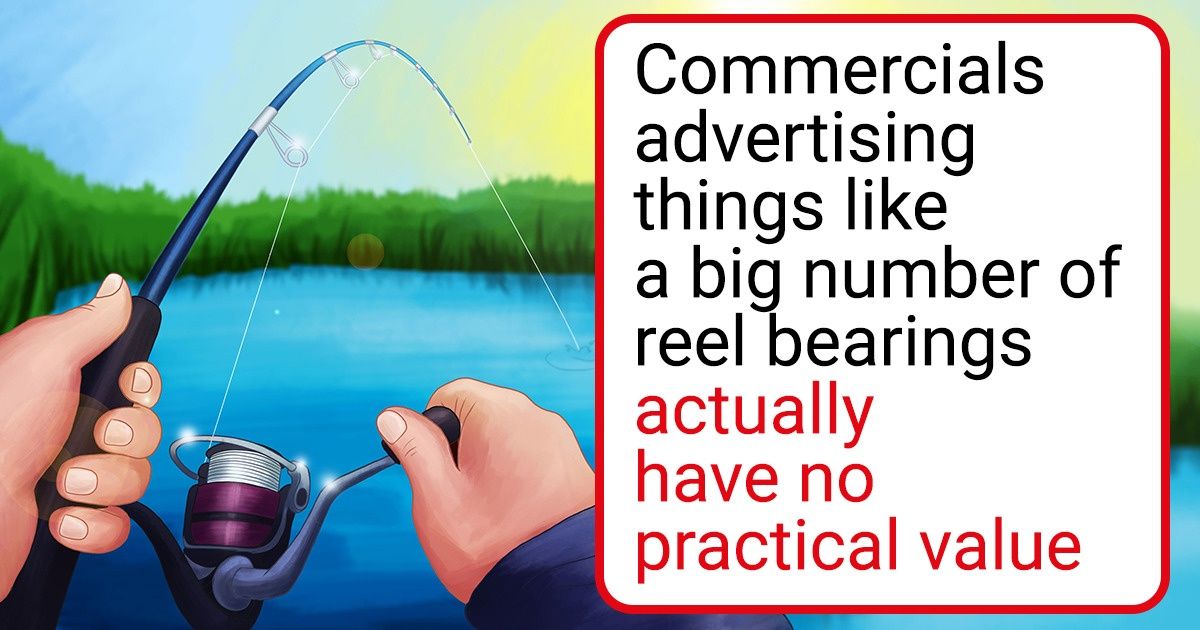
One should be very attentive when choosing a fishing rod and a reel, and even to the guides on the rod. As you’re researching this, you might come across unknown terms that could kill any desire you have to figure things out. Nevertheless, don’t give up so easily. Once you dip below the surface of the information, you’ll see that things are actually quite simple.
5-Minute Crafts made a guide for those who are looking to buy their most important fishing supply.
Varieties of spinning rods
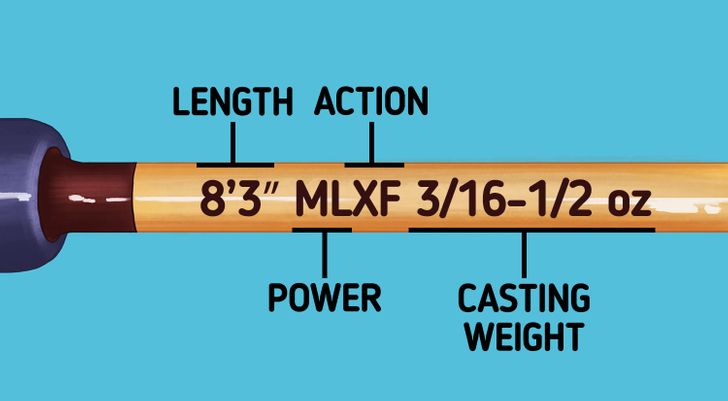
Characteristics to consider when choosing a rod:
- Length. It depends on 4 parameters: casting accuracy, casting distance, leverage, and comfort. Think about where you are going to fish. If the answer is small lakes, then a length of 6 feet will be enough. If you know that the coastal zone is covered with thickets, then opt for a longer rod. For long-distance castings, models with a length starting from 7 feet and up will be a good option. In order to ease transportation, the rods can be 2-piece or telescopic.
- Casting weight. This indicator determines the recommended weight of the bait. It can be indicated either in grams (g) or ounces (oz) and shows the range between minimum weight and maximum weight. If it says “3/16-1/2 oz,” this means you can put bait on with a minimum weight of 3/16 of an ounce and a maximum weight of 1/2 ounce.
- Power. It is closely connected with rod action and shows a rod’s capability to withstand pressure. The division may differ depending on the manufacturer, but it is worth knowing that the power can be Ultra Light, Light, Medium Light, Medium, Medium-Heavy, Heavy, and Ultra Heavy. You can find their short designation like UL or ML on the rod. The power grows as the weight of the bait increases. Moreover, the bigger the power is, the greater the casting distance and strength of the spinning rod are.
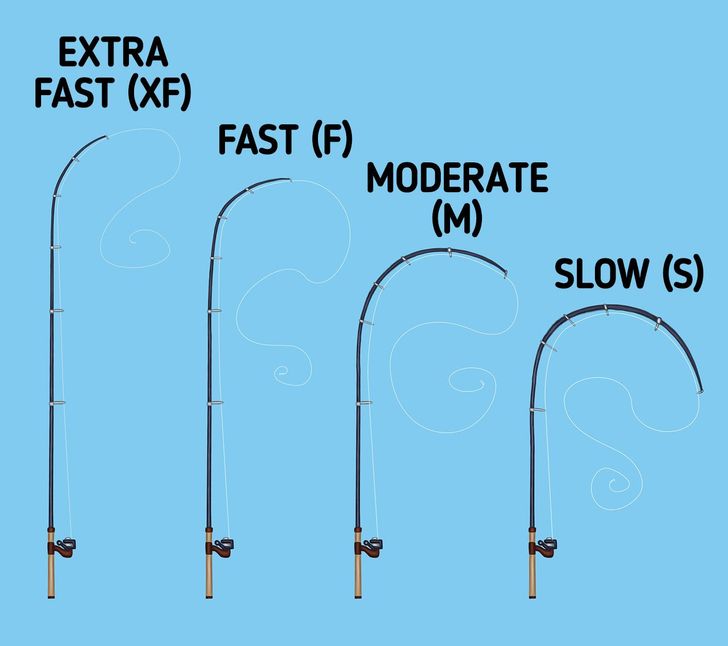
-
Action is defined by how easily and how far from the tip the rod will bend or flex when there is a fish on the line. There are 4 types of action: Extra Fast (XF), Fast (F), Moderate (M), Slow (S). In the first case, the bend will be minimal, which lets you cast your bait very precisely. Slow action, in its turn, lets the rod flex almost completely and helps to hold the fish on the line.
The following types of material are used to make fishing rods:
- Graphite. These rods are light but stiff. The stiffness is determined by modulus. The lower it is, the softer and more elastic the base of the rod will be. A high modulus means more stiffness and sensitivity, but its fragility increases as well. It is good for long-distance castings.
- Fiberglass. This fishing rod is heavy but robust. Don’t expect quick action from them.
- Composite is a mixture of fiberglass and graphite. It a good option for a fishing rod for a newbie. The rod has average properties. Moreover, they are more budget-friendly and will suit those with limited funds.
- Bamboo is not as popular a material as the previous 3 nowadays. But in certain situations, it shows its best qualities. They can be used with fly fishing (a type of fishing). They cost more and that’s why they are usually bought by avid anglers.
💡 The material of the handle can vary: from cork to EVA foam. Opt for the one that you like most but pay attention to how comfortable it feels in your hand.
Types of reels for spinning
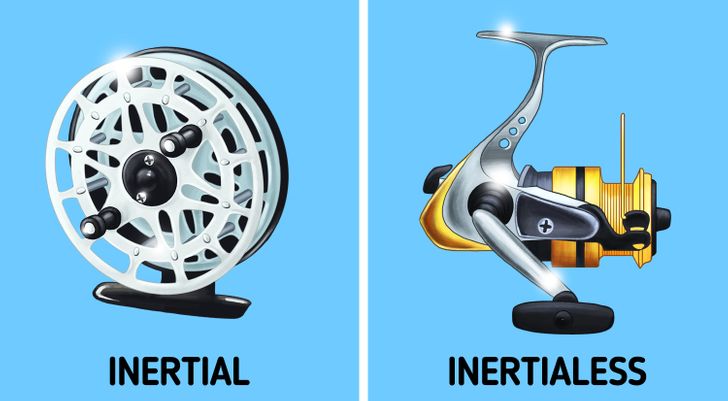
-
Inertial. The modern construction of this type of reel decreases the chance of the line’s tangling. Moreover, it provides a softness and an even rotation of the drum, eliminates the transverse and longitudinal gaps that appear during the fast winding of the line. Multiplier reel-spinning became a popular variety of inertial reels nowadays. They are powerful and comfortable. However, they cost more.
- Inertialess. Most often anglers prefer this type of reel. Their construction is complex, but using it brings a lot of pleasure. When casting, the line doesn’t get tangled due to the spool device, which makes it easy to throw the tackle and the line winds back just as easily.
Characteristics to consider when choosing a reel:
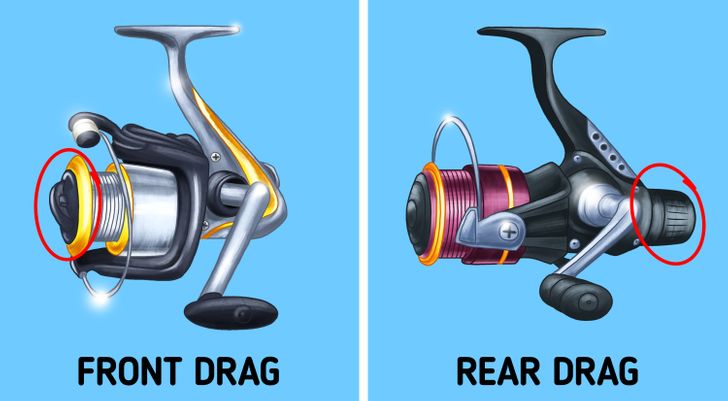
- Utility brake. It can be front and rear. Nowadays many people opt for the front drag though it heats up quite fast. The rear drag is more precise and reliable, and various manipulations can be done with it during the fishing process. Today there is another type of brake on the market that combines the properties of the 2 aforementioned types.
- The gear ratio is used to assess how much effort the fisherman needs to put into turning the handle to retrieve their bait. A gear ratio of 6:1 means that the spool will spin 6 times with one revolution of the handle. There are several categories of gear ratios: low (from 4:1 to 6:1), medium (from 6:1 to 8:1), and high (from 8:1 to 10:1). The lower the number is, the more the spool is suitable for big types of fish. With higher indicators, there’s an opportunity for fast fishing.
- Spinning reel size. The lower the size is, the lighter the bait and the fishing tackle should be. Pay attention to where you are going to fish and what kind of fish are found there. Reels with indicators from 1,000 to 3,500 relate to small size class, the ones with indicators from 4,000 to 5,500 relate to medium-size, and the ones with the indicators 6,000-30,000 relate to large size spinning reels. The latter is more suitable for sea fishing, while the former will be indispensable for freshwater fishing.
- The number of reel bearings. As a rule, this indicator has started to be used more as a marketing trick nowadays. A big amount of bearings doesn’t define the quality of the reel. Opt for the one that has about 4 bearings — that will be enough. It’s better to have fewer of them, they will be more reliable than many of them. Also, pay attention to the material — it’s better to go for models made from stainless steel and ceramic.
Guides
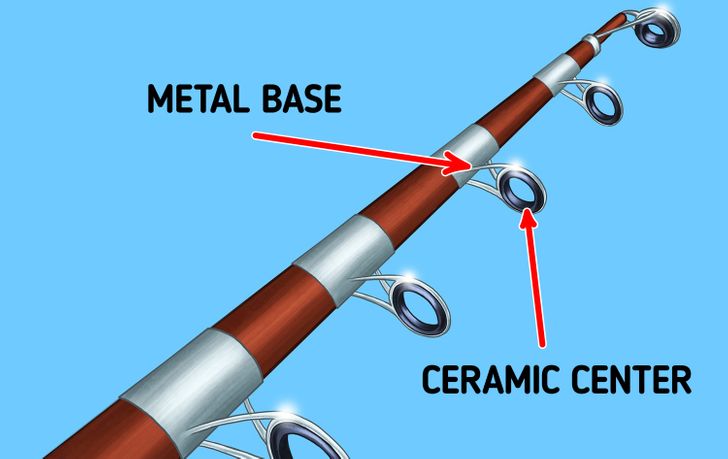
The number of guides depends on the length of the rod and its stiffness. The more of them there are, the more accurate the line direction and the higher the casting accuracy will be. Additional guides also provide an even rod bend along the entire length, which gives a high level of energy transfer when casting.
Most modern guides are made of metal, with ceramic inserts in the center. They can greatly vary in cost and your choice will depend on personal preference. Many anglers consider silicon carbide to be the best material, as its properties provide a silky-smooth surface. In turn, friction is also reduced, meaning less heat transfer onto the line, which extends its work life.
Conclusion
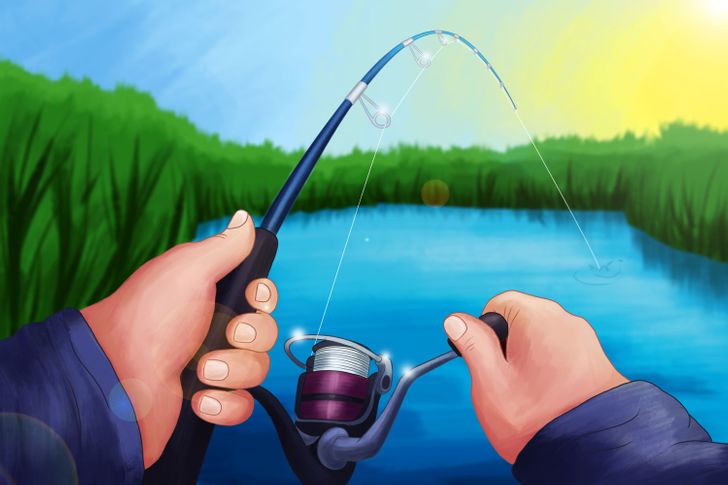
Before choosing a fishing rod, think about where you are going to fish. You should have an idea of the possible catch because the characteristics of the rod and reel will depend on this. When buying this type of equipment, pay attention to the condition of the rod and guides — they should not be damaged. Keep in mind that commercials advertising things like a big number of reel bearings actually
have no practical value behind them. Stick to the characteristics described above, so you can choose a spinning rod that is right for you.